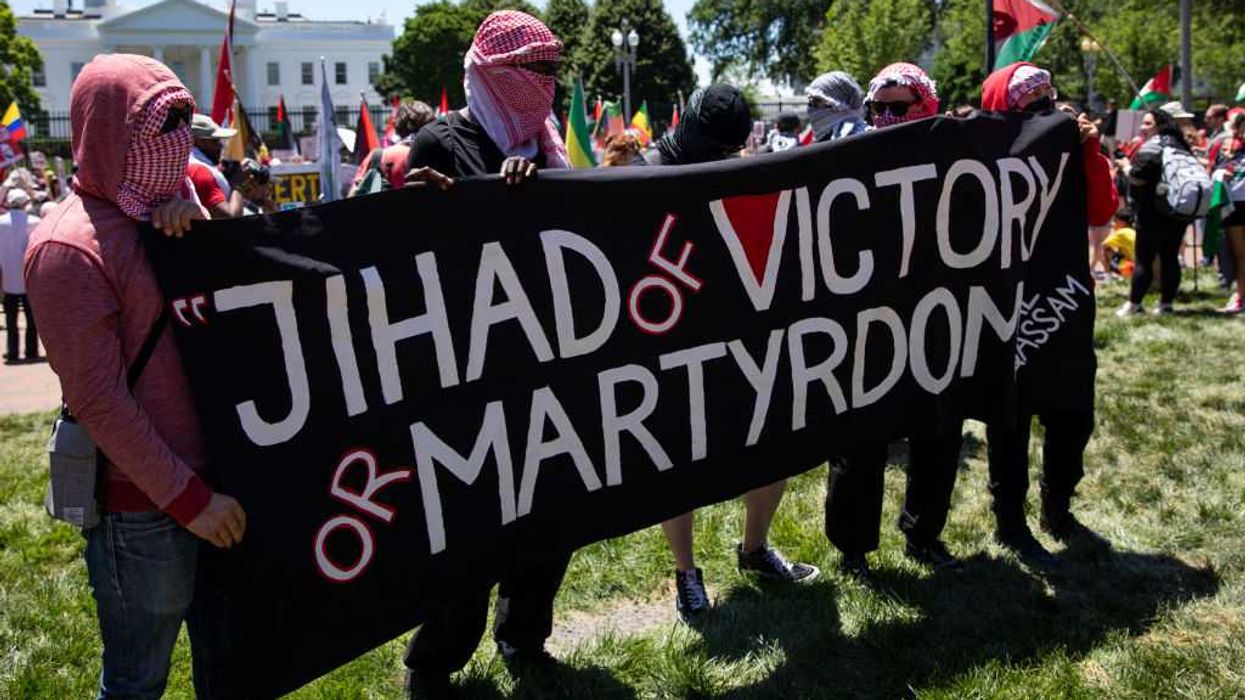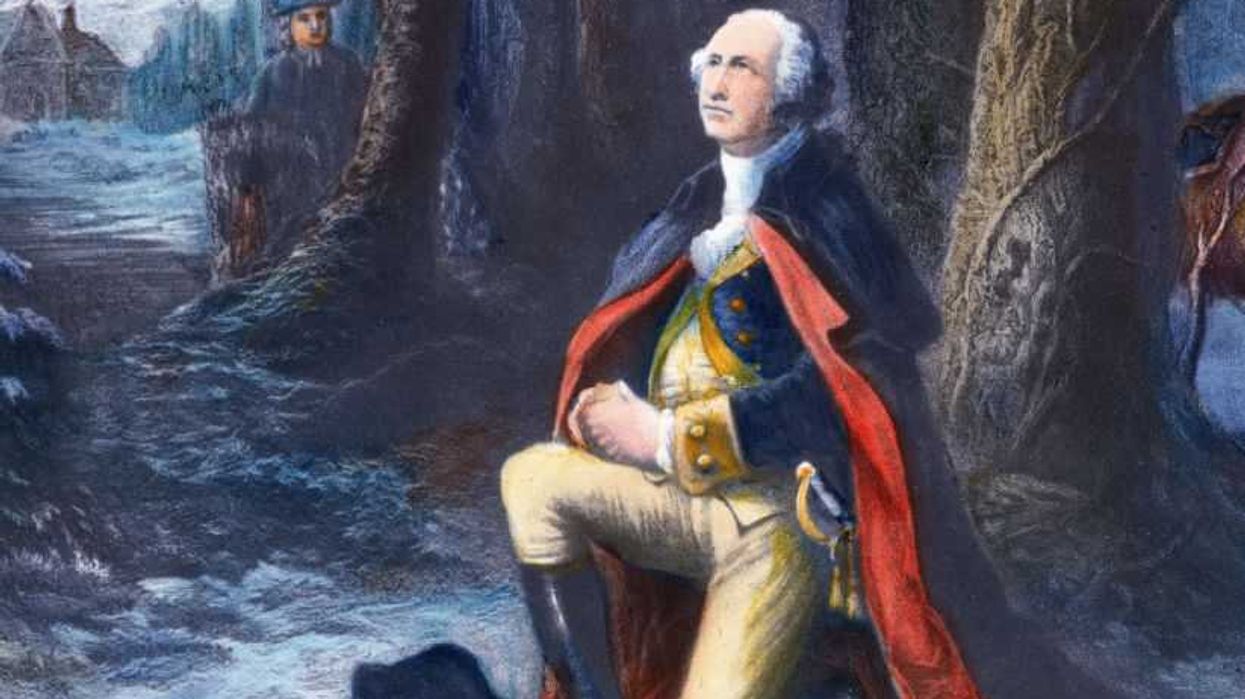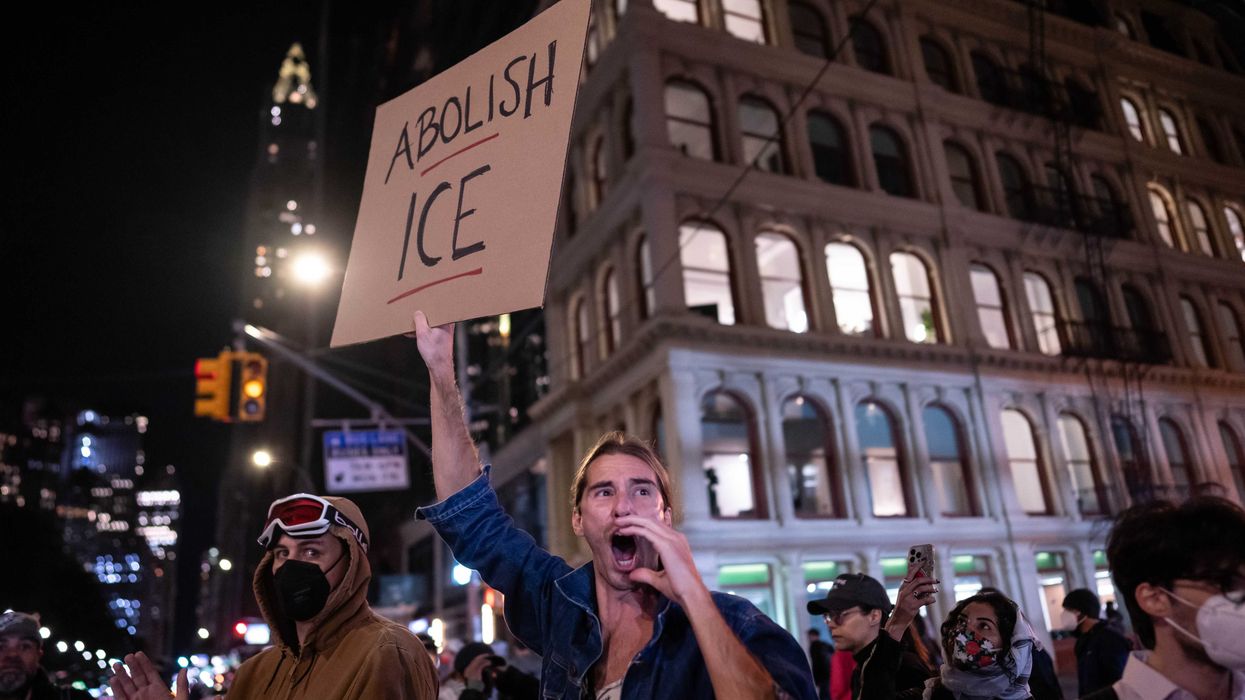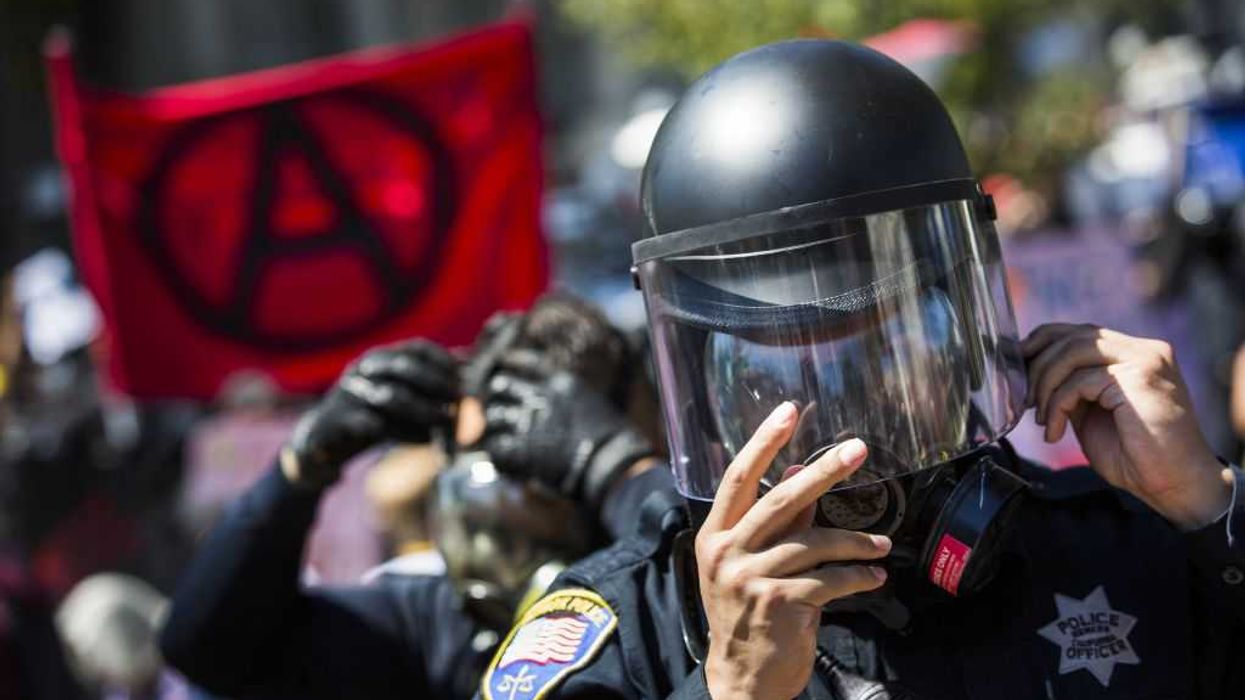Three people were killed and 16 others wounded in a shooting at Fort Hood Army base in Texas on Wednesday. The suspected shooter, who has been identified by several news organizations as 34-year-old Specialist Ivan Lopez, is also dead of an apparent self-inflicted gunshot wound. Lopez served in Iraq in 2011. According to the AP, a Ft. Hood official says he was at the Army base to be assessed for whether he had PTSD.
The shooting, which is being described as “soldier-on-soldier” violence, comes four and half years after Army Maj. Nidal Hasan opened fire at Ft. Hood killing 13 people and six months after Department of Defense contractor Aaron Alexis opened fire at the Washington Navy Yard. On radio this morning, Glenn chose to focus on the state of our military and the support (or lack thereof) it receives. Glenn believes it is absolutely imperative to overturn the policy that forbids most military personnel from carrying firearms on military bases.
“I was in the movie theater yesterday and somebody taps me on the shoulder and says, ‘Mr. Beck, did you hear about the Fort Hood shooting?’ And so I walk out in the lobby and get the news, and my first thought is not about the shooter, not about terror… it was solely about the victims and all of the people at Fort Hood,” Glenn said on radio this morning. “My first thought was: Have they killed the guy? Have they stopped it? What else has to happen to our soldiers? What else has to happen to Fort Hood?”
While many believe the unarming of our bases came under former President Bill Clinton’s administration, a report from TheBlaze’s Oliver Darcy last fall discovered the policy was actually enacted in February 1992 by Donald J. Atwood. Atwood served as deputy secretary of defense under President George H. W. Bush. The directive appears to have been reissued in April 2011 by Deputy Secretary of Defense William J. Lynn III.
Department of Defense Directive 5210.56 states that it is a "DoD Policy" to “limit and control the carrying of firearms by DoD military and civilian personnel.”
Furthermore, it says “the authorization to carry firearms shall be issued only to qualified personnel when there is a reasonable expectation that life or DoD assets will be jeopardized if firearms are not carried.”
With that in mind, Glenn passionately explained how vital it is to provide our servicemen and women with the resources they need. We have left too many of these people out to dry, and Glenn laid out the two things “our forces need”: Our respect and support and the right to keep and bear arms.
1. Support and respect
“Our forces need… respect when they come home… We're paying for people who refuse to work, who hate the damn country. We are giving all kinds of services to people who aren't even here legally,” Glenn said exasperatedly. “And yet the people who put on our uniform and go out and fight a war… we don't help them get well. When they come back, we say, ‘Go to Fort Hood. We'll look into it.’ Then you are kind of lost in the shuffle. Nobody even knew who this guy was.”
Over the last several months, Glenn has been working with some of the brightest minds in the field at the Carrick Brain Center in Dallas to help manage his own chronic pain. He has witnessed firsthand the incredible services they offer, but are our soldiers able to seek out that same type of care?
“I'm doing work right now with the Carrick Brain Center here in Dallas, Texas… These guys are absolutely incredible… I have gone to the best doctors in the world… nobody has an answer. I go to these guys, boom. They have an answer for me,” Glenn explained. “Why are they working on a schlep like me when they should be working on our soldiers… Don't we owe it to them? We give them the VA. Would you want your kid sitting in the VA? Do you know anything about the VA?”
2. The right to bear arms
“The other thing our troops need, besides the love and medical attention that they deserve (paid for by us)… is a gun. I know we can disagree on whether or not guys like me should have a gun, but… they have a right to defend themselves," Glenn said. "I don't understand a country that disarms the military… You can trust them in a snap decision walking in the streets in some other country… but you can't trust them to carry a gun in our own country? It's insane.”
While it would be nice to think so much has changed since the return of the Vietnam War veterans in the 1960s, there is no two ways about it: We are still not providing our veterans with the care they need. Glenn encouraged his listeners to call their senators and representatives and demand the overturning of DoD Directive 5210.56.
“I think it is an abomination, quite honestly. I think it is a real, true abomination what this country is doing, and I refuse to put my name on it. I stand firmly in defense of the military. I stand firmly in their right to keep and bear arms,” Glenn concluded. “Which one of us is insane? Those on the military base or those in Washington that say, ‘Well, we have to disarm the Army’? By the way, it's not just those in Washington. It is all of us. We need to tell our representatives in Congress and in the Senate and in the White House. You need to call today and say: Enough is enough.”
--
If you are interested in doing your part to support active military members and veterans - including those affected by the recent Fort Hood shooting, those suffering from PTSD, and those who have been otherwise injured serving our country - consider donating to the Mercury One Active Duty/Veterans Support Fund.
Learn more about the fund HERE.

 AASHISH KIPHAYET / Contributor | Getty Images
AASHISH KIPHAYET / Contributor | Getty Images
 Harold M. Lambert / Contributor | Getty Images
Harold M. Lambert / Contributor | Getty Images Adam Gray / Stringer | Getty Images
Adam Gray / Stringer | Getty Images Anadolu / Contributor | Getty Images
Anadolu / Contributor | Getty Images